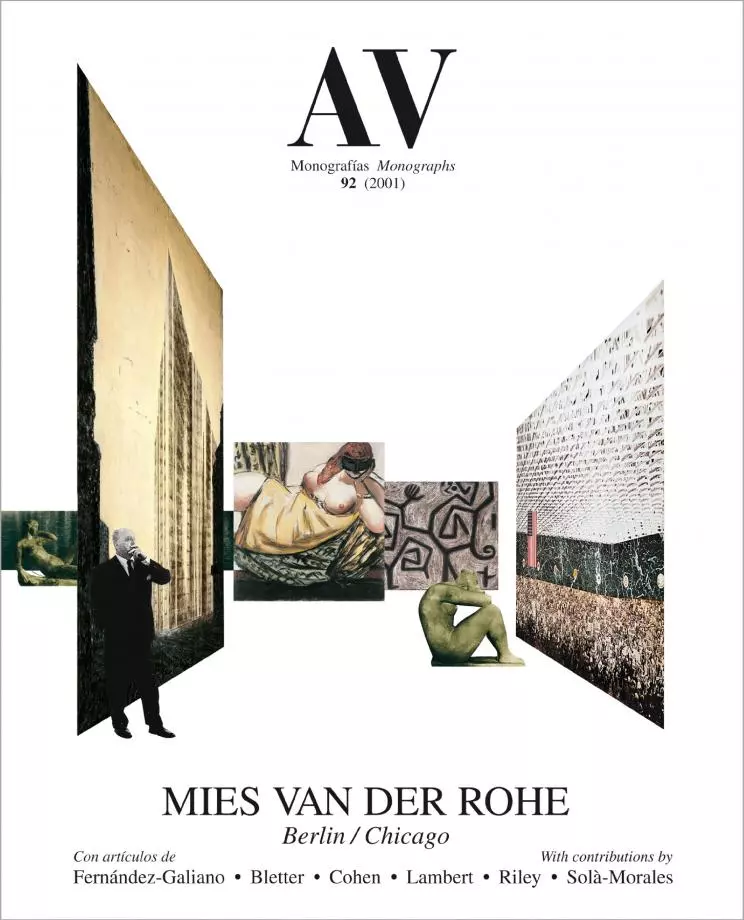The Space in Freedom
Exhibiting a New Spirit

Exhibitions foster experiment, and in a brilliant sequence of realizations Mies gave birth to a new idea of space, which flows between the freestanding walls and columns resulting from the innovative separation of enclosure and structure. From the Glasraum (Glass Room), in the Stuttgart exhibition of 1927 to the model house in the Berlin exhibition of 1931, through the German pavilion in the Barcelona exhibition of 1929 and the Tugendhat House in Brno of 1928-30, the German career of the architect has a creative climax which is materialized in four exhibition houses. It is true that the Barcelona Pavilion is not a house, and its complex protocol functions were already explicit in its initial program; but, as Wolf Tegethoff evidenced, both the scale and the interior organization make easy to transform it into a domestic space. And it is also true that the Tugendhat House did not have an ephemeral purpose, because only the storms of history were responsible for its being used as a family residence during few years; but the reproaches of exhibitory hieratism which were made to the completed work forced the Tugendhat family to come out in defense of its habitability, showing to what extent the strict choreography of the house could be understood as a generic spatial manifesto. The same manifesto about inhabitable space presented by the pioneering Glasraum in the Werkbund exhibition in Stuttgart devoted to Die Wohnung (Housing), with its living, dining and office spaces identified by their characteristic furniture; and the same achieved – in amore extreme version – by themodel house of the Berlin exposition dedicated to Die Wohnung unserer Zeit (The housing of our time), with its freestanding walls outwardly extending domestic privacy, and there by displaying the rigorous routine of the everyday... [+]





